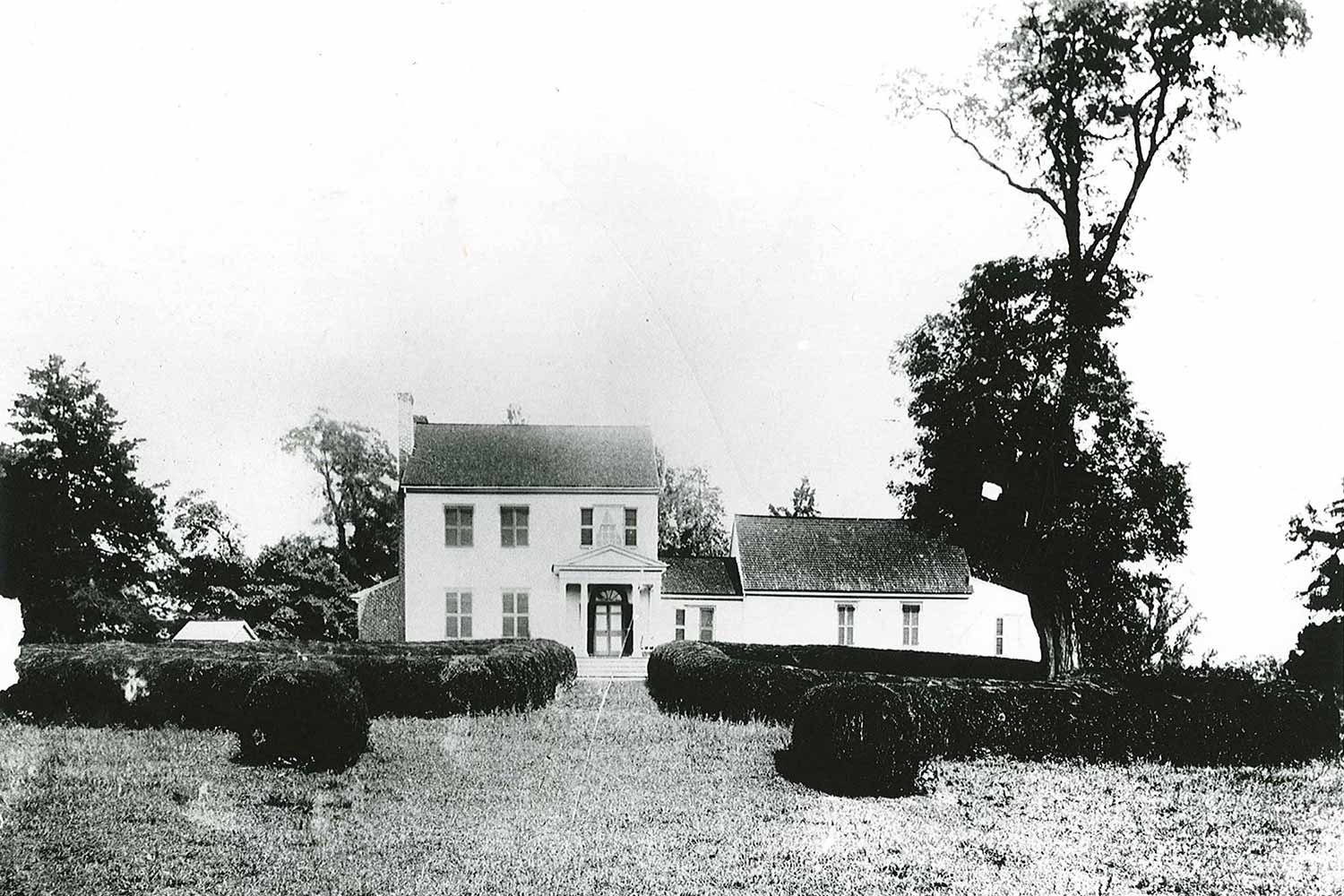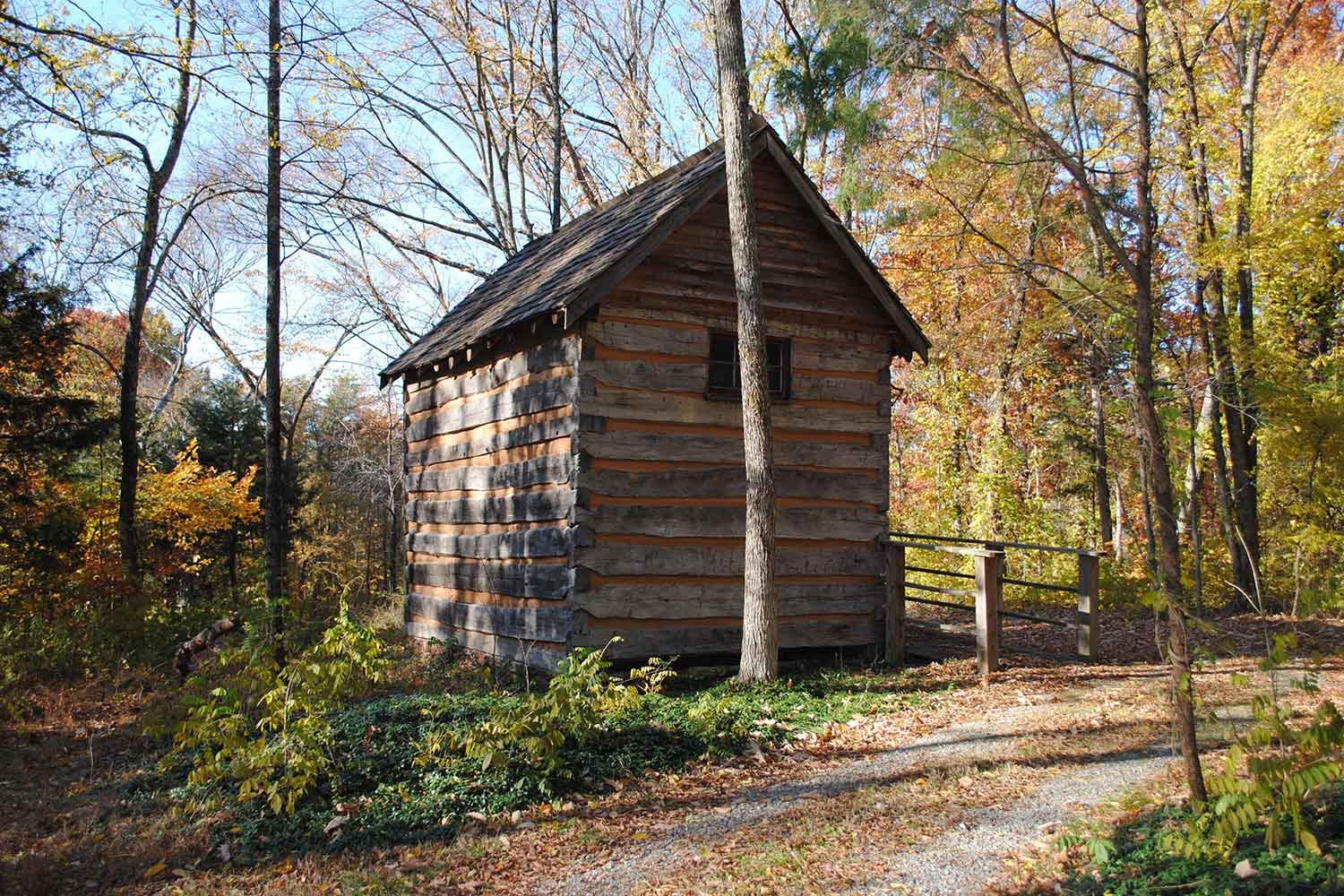Patrick Henry’s Red Hill
ABOUT
Since 1944, Patrick Henry’s last home and burial site, called Red Hill, has been lovingly restored, maintained, and shared with the public. Red Hill keeps Henry’s spirit alive by inspiring a better understanding of colonial history through supporting scholarship, conducting educational programs, and continuing stewardship of the property.
After acquiring Red Hill from Mrs. Lucy Gray Henry Harrison, a great-granddaughter of Patrick Henry and the final descendant to live on the estate, the Patrick Henry Memorial Foundation began the process of restoring the property and constructing a museum to house what is now the largest collection of Patrick Henry-related artifacts in the country. Visitors today to the 1,000 acre estate will find Patrick Henry’s original law office, restored slave quarters, beautiful gardens, and a 350-year-old Osage orange tree which is the largest in the nation.
HISTORY
Patrick Henry was one of our nation’s most devoted Patriots and influential Founding Fathers. He was arguably more inspirational in setting our nation on the road to independence than any other Founding Father. His speeches, starting in 1765, denouncing British tyranny and espousing the natural rights of his fellow colonists sparked the spirit of independence like no other, earning Patrick Henry the title of the “Voice of the Revolution.”
Largely educated at home, he became a lawyer through self-study after failing at two businesses and one farming venture. But Henry was smart as a whip and incredibly articulate, able to hold his listeners as if in a spell. To those in courtrooms and assembly halls, he was the consummate actor upon the grandest stage, the American Independence Theater.
Patrick established a flourishing law practice and, in 1765, his fellow citizens elected him to Virginia’s House of Burgesses. It was here, on his 29th birthday, at the height of the Stamp Act crisis, he offered his Virginia Stamp Act Resolves demanding King George recognize American rights.
A decade later, tired of British oppression, the American colonies were on the cusp of separating from England. On March 23, 1775, Henry made his legendary speech in which he concluded, “Is life so dear or peace so sweet, as to be purchased at the price of chains and slavery? Forbid it, Almighty God! I know not what course others may take, but as for me, give me liberty or give me death.”
Patrick Henry was twice Governor of Virginia and served in the First and Second Continental Congresses. Perhaps most importantly, he strenuously objected to the new Constitution unless it contained a Bill of Rights. His forceful argument, and the universal respect he commanded throughout the nation, led its creation.
GRANT PROJECT
For all of Patrick Henry’s inspirational words about liberty, his participation in the institution of slavery indicates his practice did not live up to what he preached. While Henry lamented the evils of slavery and sought to abolish it, he never freed any of his slaves and, throughout his life, continually purchased and sold them.
Patrick Henry’s Red Hill is poised to uncover the story of those who lived and labored there in its landmark exhibition, The Price of Chains and Slavery: Enslavement, Jim Crow, and the Black Experience at Patrick Henry’s Red Hill. Scheduled for completion in Spring 2023, this exhibition will be held in a reconstructed slave quarter on the Quarter Place and utilizes newly discovered archival resources and photographs.
Visitors will have the chance to explore the lives of generations of Blacks, both enslaved and free, at Red Hill through expertly curated exhibits and artifacts, many of which are on view to the public for the first time. The grant from Americana Corner makes this exhibition possible by funding the creation of weather-resistant exhibit panels, new artifact display cases, and staff time dedicated to research and design.










